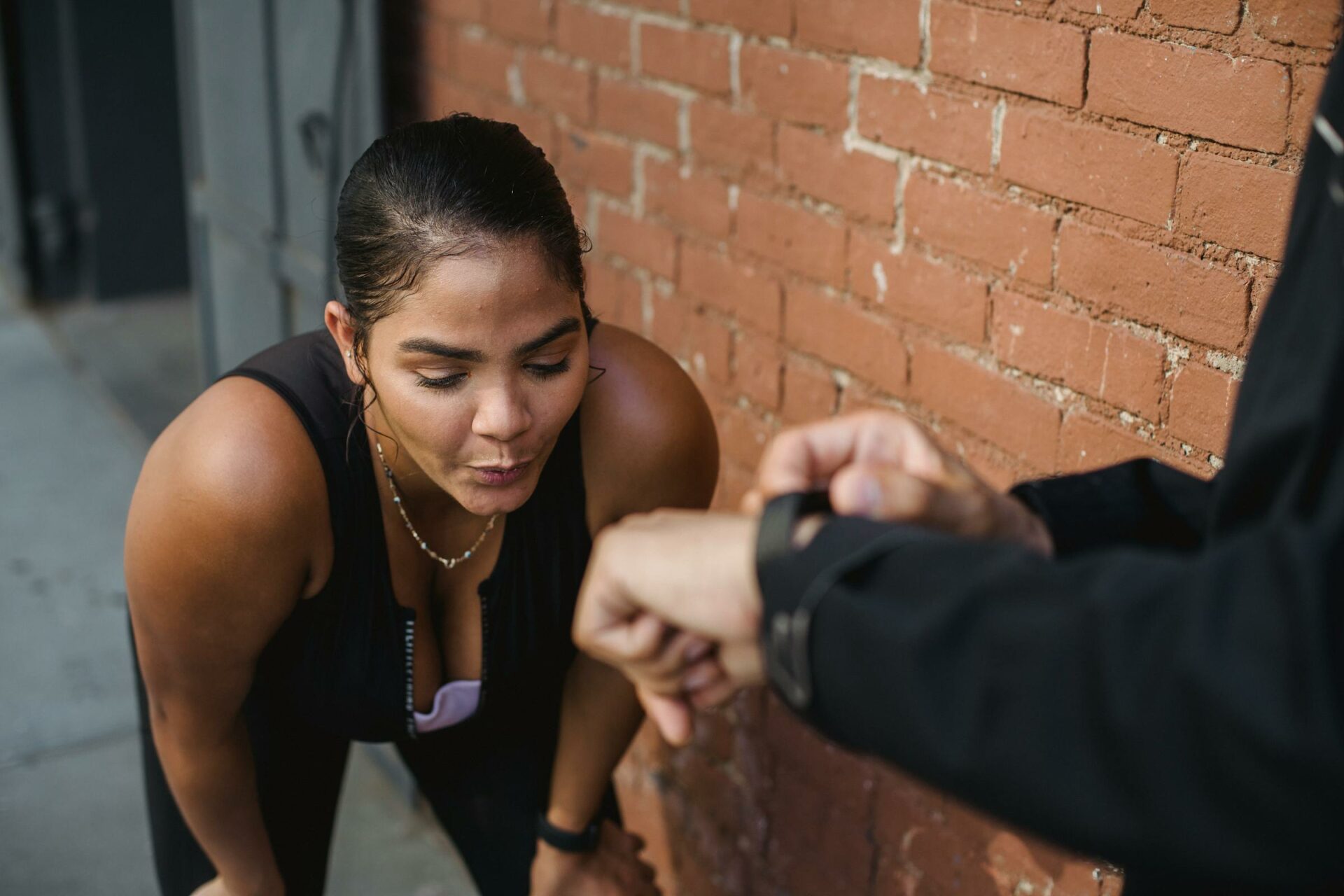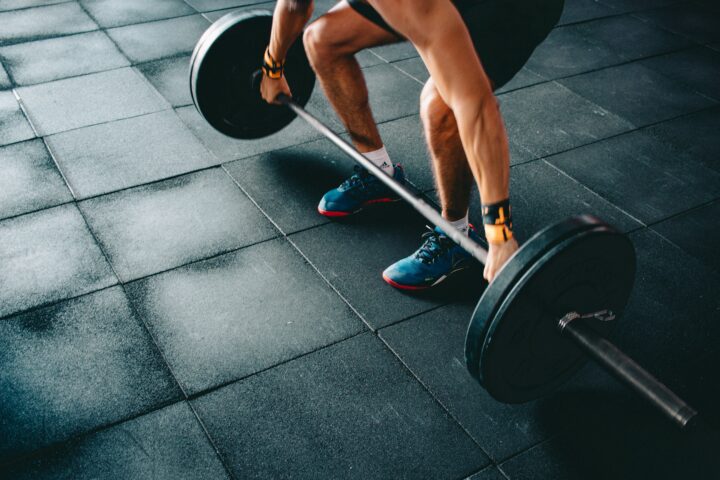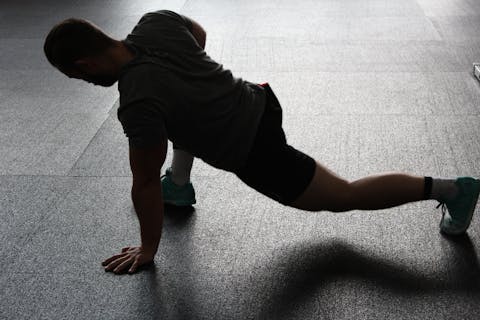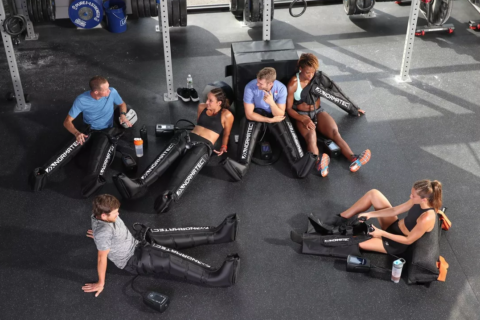World champion athlete and coach Melanie McQuaid details the numerous factors that impact how much recovery an athlete needs after long endurance events.
World champion athlete and coach Melanie McQuaid details the numerous factors that impact how much recovery an athlete needs after long endurance events.






